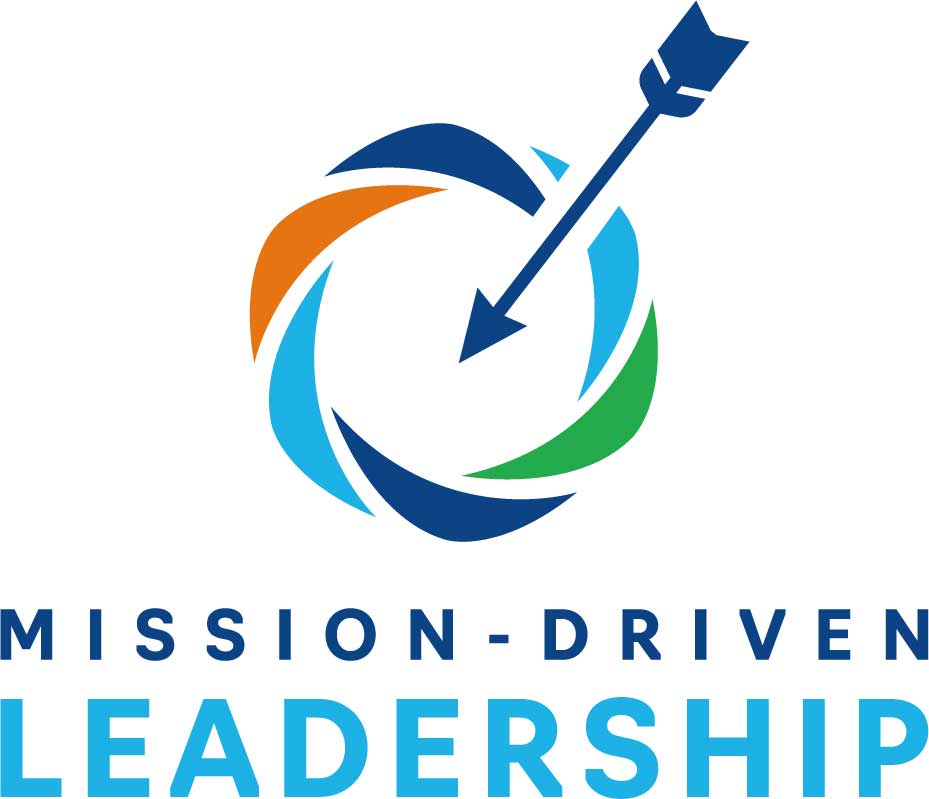We often praise nonprofit and philanthropic leaders as being “irreplaceable,” but if that’s the case, then their organizations’ missions are at risk if they don’t have a succession plan in place. If an emergency strikes that takes a leader out of work temporarily or permanently, will her board members and colleagues know how to step in and keep the work going? If a leader has the opportunity to leave his job for a new role, how much stress will accompany those last weeks of work? And when the desire to retire builds, will a leader know what to do?

Succession planning helps with each of these scenarios, and it’s a critical aspect of organizational management, ensuring the seamless transition of leadership and preserving the legacy of an institution. Eleanor Dunlap with Find Great People presented, “Leading with Legacy in Mind: Planning for Succession,” exploring the dimensions of emergency and planned succession, strategic leader development, and the overall philosophy behind succession management.
Legacy and Succession: The Why and How
Shockingly, statistics reveal that 50% of nonprofit CEOs and Executive Directors plan to leave their roles within the next five years, but only 29% of nonprofit organizations have a written succession plan, a figure even lower for smaller nonprofits. Eleanor emphasized that succession planning helps prepare for departures, but benefits of succession planning go far beyond the transition: better alignment of operations with strategy, staff leadership development, continuity assurance, strengthened board engagement, and sustained confidence from funders and volunteers.
In challenging the conventional notion of succession planning as a static ‘plan,’ Eleanor suggests adopting a future-thinking leadership approach. This involves shifting the focus from merely having a plan to embracing enterprise risk management, growth, and sustainability.
Succession Management Overview: Emergency and Planned Succession
Eleanor reviewed the two primary types of succession management: emergency and planned. Emergency succession is unplanned and can be temporary or permanent, aiming to sustain leadership during unexpected events. In developing a succession plan for both temporary and permanent unplanned leadership changes, Eleanor provided resources for management teams or solo CEOs to use to think through standard operating procedures, communication plans, information technologies, support roles and more. By simply pausing to think, “If I had to step out of my role tomorrow, who would need to know and do what?” and then creating a plan around that can shape the beginnings of an emergency succession plan, and the questions pertain to anyone in the organization.
Shifting to planned succession, such as in the case of a retirement, Eleanor emphasized the importance of readiness assessment for both the leader and the organization. She pointed to the importance of ongoing strategic leader development to position current staff to be ready for future leadership roles.
Eleanor noted that there are useful roadmaps for planned succession, including those offered by FGP, with stages like board updates, organizational assessments, establishment of a succession committee, potential successor assessments, and transition phases.
Where to start
Eleanor encouraged attendees by noting that while developing a plan can seem overwhelming, the best place to start is anywhere. Pull a small team together, brainstorm the most important items someone would need to know in case of an emergency, or start the conversation with your board. She offered a rich list of resources to help with succession planning, and of course, she and her team at FGP are available to help as well.
Special thanks to the United Way of Greenville County for sponsoring the session as part of the Mission-Driven Leadership series


